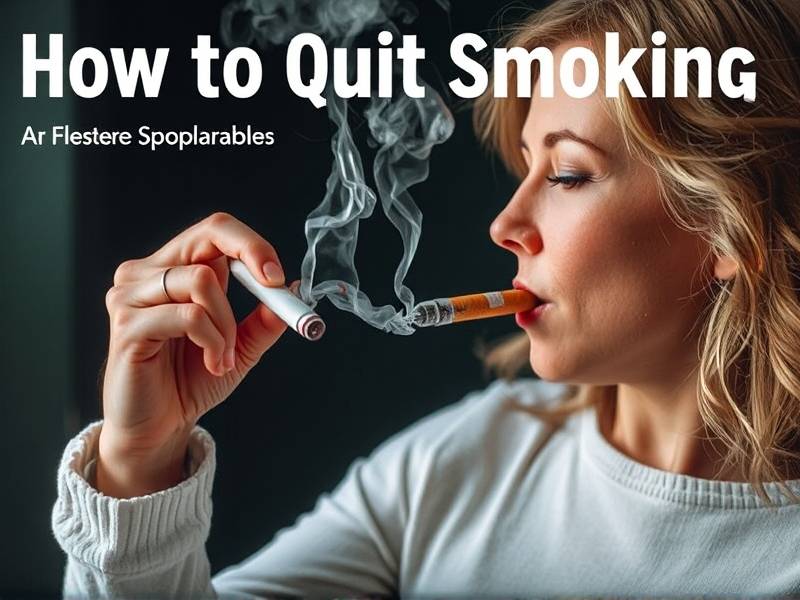How to Quit Smoking: Effective Strategies for Mary Jane (and Everyone Else)
Introduction
The allure of Mary Jane, or cannabis, has grown exponentially over the years. While its use for medicinal purposes is well-documented, many individuals find themselves struggling with the habit. If you're one of them, quitting smoking can seem daunting. But fear not! This article delves into effective strategies to help you kick the habit and embrace a healthier lifestyle.
Understanding the Challenges
Before we dive into strategies, it's important to understand why quitting smoking can be challenging. For some, it's the social aspect; others may struggle due to withdrawal symptoms or the fear of relapse. By recognizing these challenges, you'll be better equipped to tackle them head-on.
1. Seek Professional Help
One of the most effective ways to quit smoking is by seeking professional help. Therapists and counselors can provide personalized support and coping mechanisms tailored to your needs.

a. Cognitive Behavioral Therapy (CBT)
CBT focuses on identifying and changing negative thought patterns that contribute to smoking behavior. This therapy can be particularly beneficial if you're struggling with anxiety or depression related to quitting.
b. Medication
In some cases, medication may be prescribed by a healthcare professional to help alleviate withdrawal symptoms and reduce cravings.

2. Create a Support System
Quitting smoking is easier when you have a strong support system in place. This can include friends, family members, or even joining a support group for individuals trying to quit.
a. Find a Buddy
Having someone who shares your goal can provide motivation and accountability throughout your journey.
b. Join a Support Group
Support groups offer an opportunity to share experiences and learn from others who have faced similar challenges.
3. Identify Your Triggers
Understanding what triggers your urge to smoke is crucial in developing strategies to avoid these situations or cope with them effectively.
a. Avoid High-Risk Situations
Identify high-risk situations that may lead you back to smoking and either avoid them altogether or find alternative activities that keep you occupied during those times.
b. Develop Coping Mechanisms
When triggers do occur, have coping mechanisms in place such as deep breathing exercises or engaging in physical activity.
4. Make Lifestyle Changes
A healthy lifestyle can make quitting smoking easier by reducing stress and promoting overall well-being.
a. Exercise Regularly
Physical activity releases endorphins that help improve mood and reduce cravings for nicotine or cannabis.
b. Adopt Healthy Eating Habits
A balanced diet rich in fruits, vegetables, whole grains, lean proteins, and healthy fats can provide essential nutrients for recovery while keeping your energy levels stable.
Conclusion
Quitting smoking is no easy feat, but by utilizing these effective strategies tailored specifically for Mary Jane users (and everyone else), you'll be well on your way toward achieving a smoke-free life. Remember that perseverance is key – don't give up if you face setbacks along the way!
